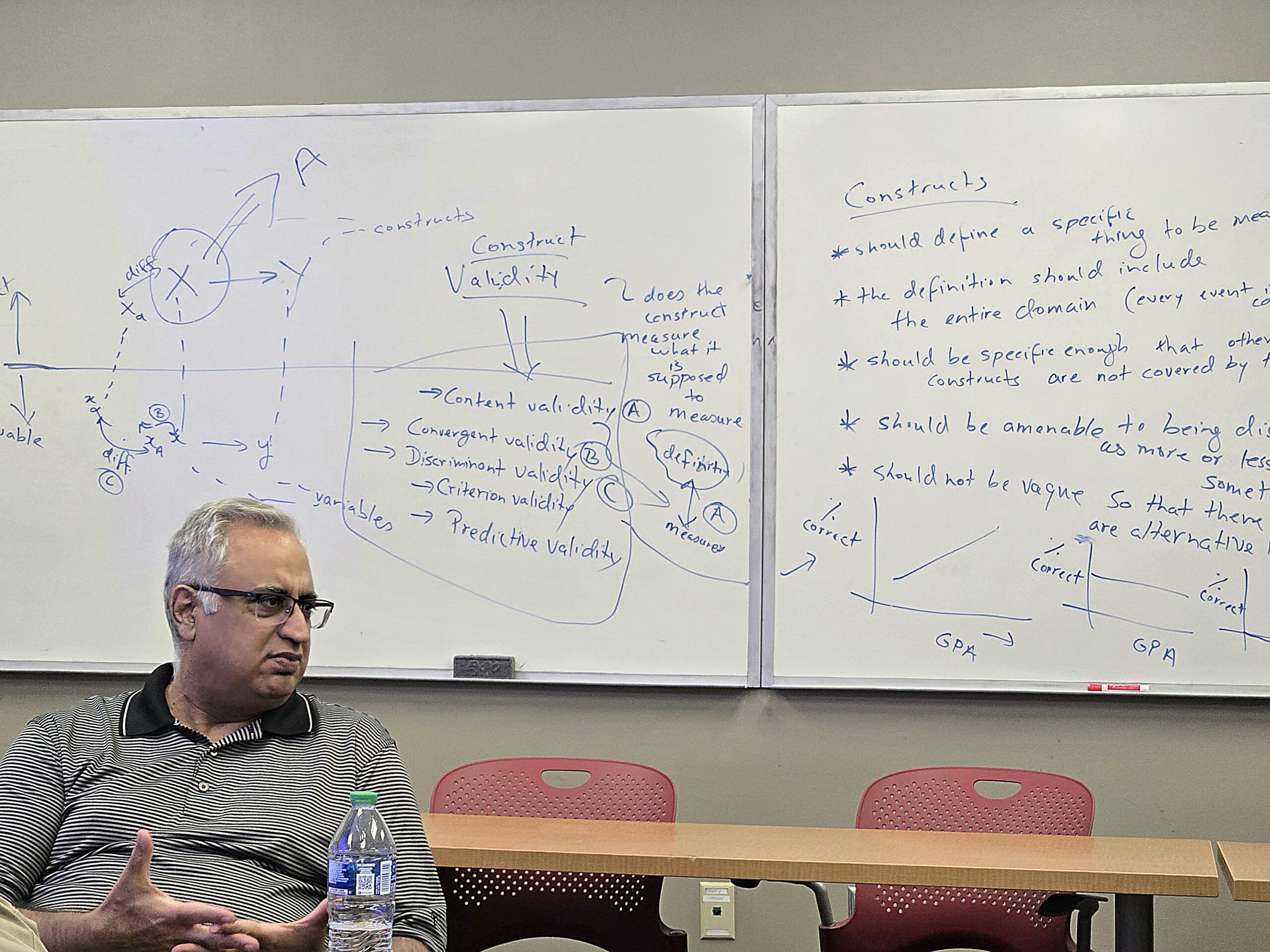The first paper we looked at was Eisenhardt’s paper, which examines organizational control theory and agency theory as two distinct approaches to control. Organizational control theory focuses on aligning employee behavior with organizational objectives, while agency theory introduces an economic perspective, emphasizing the costs and risks involved in managing the relationship between employers (principals) and employees (agents). These two theories share some commonalities, but they also differ significantly.
Organizational Control Theory
Organizational control theory explains how to manage and guide employee behavior by choosing the most suitable control mechanism based on task characteristics and the ability to monitor behavior or outcomes.
- Behavioral Control:
- This approach focuses on observing and evaluating employee actions during the work process.
- It is most effective for programmable tasks, where behaviors can be directly monitored and assessed.
- Example: A factory floor where supervisors monitor employees assembling parts using predefined procedures.
- Costs: Behavioral control requires substantial investment in monitoring infrastructure, such as supervisors, accounting systems, or cameras.
- Outcome Control:
- This approach evaluates employees based on the results they produce rather than their actions.
- It is suitable for complex or unobservable tasks where behaviors cannot be easily monitored, but outcomes can be measured.
- Example: A salesperson whose performance is evaluated based on revenue generated rather than how they achieve their sales.
- Risks: By relying on outcomes, performance risks are shifted to employees. For example, a salesperson might lose commissions due to a poor economy, even if they work diligently. Compensation adjustments may be needed to account for these external risks, especially for risk-averse employees.
- Clan Control:
- This approach relies on creating a shared culture and norms within the organization to ensure alignment.
- It is used when neither behaviors nor outcomes can be effectively monitored.
- Example: Research and Development (R&D) teams, where creativity and collaboration thrive in an environment of mutual trust and shared values.
In summary:
- Simple, programmable tasks → Behavioral Control.
- Complex, unobservable tasks → Outcome Control.
- Tasks where neither is feasible → Clan Control.
Agency Theory
Agency theory provides an economic perspective on control, focusing on the principal-agent relationship, where the goals of employers and employees are assumed to be misaligned. The theory addresses how to design contracts that balance monitoring costs and risk-sharing to ensure alignment.
- Key Considerations:
- Behavioral Control Costs: Monitoring actions (e.g., through managers, tracking systems) requires significant resources.
- Outcome Control Costs: When outcomes are prioritized, employees bear external risks (e.g., market fluctuations), which may lead to higher compensation demands for risk-averse employees.
- Risk and Incentives: Employees who are risk-tolerant (risk-seekers) require less compensation, while risk-averse employees expect higher pay to account for uncertainty.
For instance, a salesperson might argue that an economic downturn has led to fewer commissions, even though they worked hard. Under outcome control, employers may need to compensate such employees for taking on these risks.
Unlike organizational control theory, which includes clan control, agency theory excludes this cultural alignment aspect and focuses solely on measurable costs and risks.
Key Differences Between the Two Theories
- Behavioral Control:
- Both theories incorporate behavioral control but differ in focus:
- Organizational theory considers task programmability.
- Agency theory emphasizes the cost of monitoring behaviors.
- Both theories incorporate behavioral control but differ in focus:
- Outcome Control:
- Organizational theory examines whether outcomes are measurable.
- Agency theory evaluates the economic costs of transferring risks to employees.
- Clan Control:
- Unique to organizational control theory, clan control highlights the role of shared culture in achieving alignment.
- Agency theory assumes that cultural alignment is not a viable control mechanism.
Example Application: Sales Teams
Imagine managing a sales team where employees are responsible for meeting revenue targets.
- For entry-level salespeople, who follow clear scripts and procedures, behavioral control (e.g., monitoring calls or customer interactions) works best.
- For senior salespeople, whose work involves strategic relationship-building, outcome control (e.g., revenue targets) is more appropriate.
- In highly innovative environments like product development, where goals are ambiguous, clan control fosters collaboration and alignment through shared norms.
Challenges of Control
Sometimes, tasks involve high cognitive effort, making behaviors difficult to observe. In these cases:
- Behavioral control becomes impractical.
- Outcome control, while viable, shifts risk to employees, requiring careful contract design.
- When neither is feasible, cultivating the right organizational culture through clan control becomes critical.
Eisenhardt’s paper highlights the importance of carefully selecting the appropriate control mechanism to align employee and organizational objectives efficiently. By balancing task characteristics, monitoring costs, and risk-sharing, organizations can design effective systems that drive performance and motivation.
Eisenhardt-ControlOrganizationalEconomic-1985-2









Leave a Reply